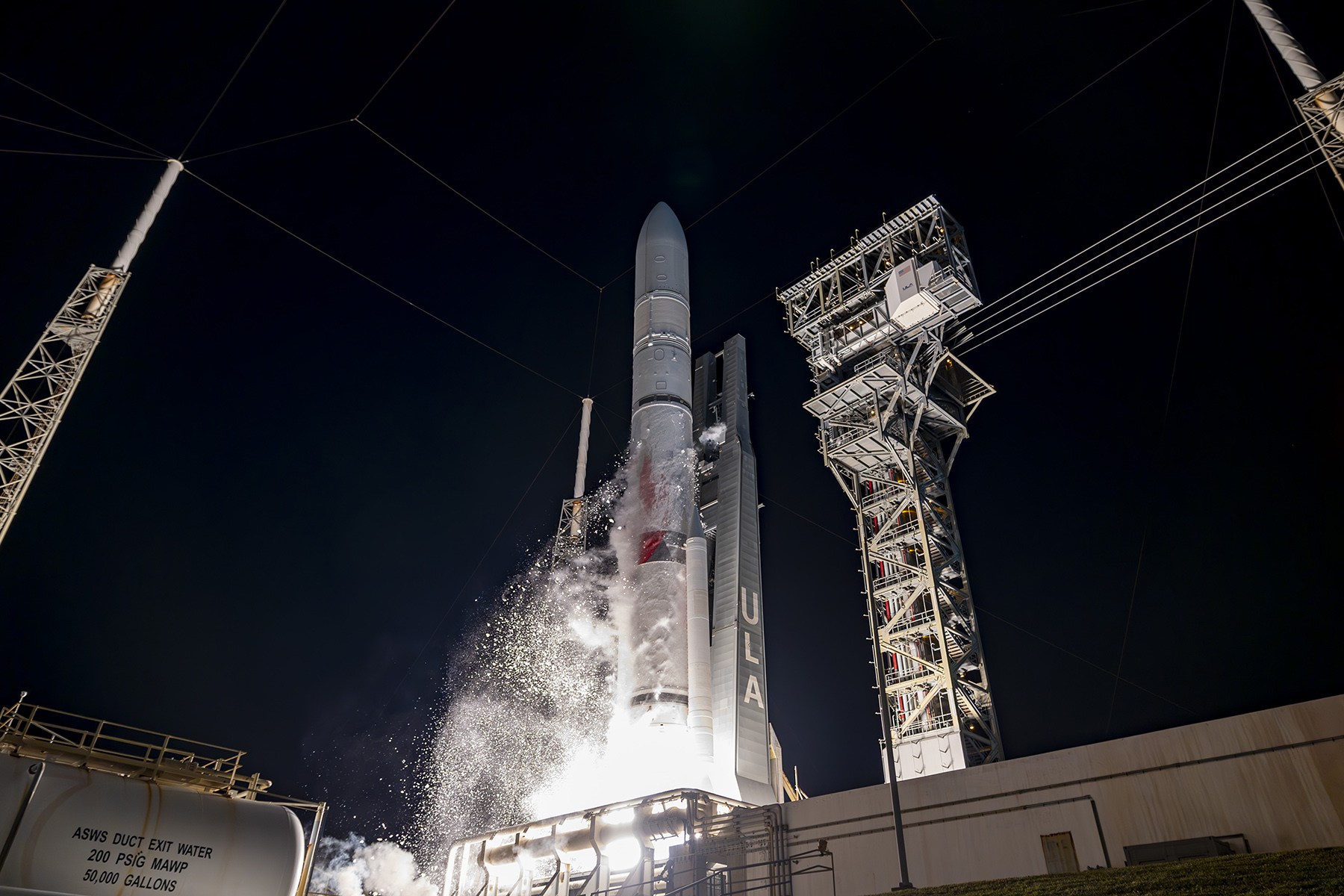The ambitious attempt at the US’s first moon landing in over half a century seems to be in jeopardy following a significant fuel leak detected in a privately owned spacecraft mere hours after its Monday launch.
Astrobotic’s Peregrine Lunar Lander
In a surprising happening, the first American spacecraft is attempting to make a lunar landing for the first time in over 50 years. This time around, private industry led the charge.

The maiden voyage of the newly introduced rocket, United Launch Alliance’s Vulcan Centaur, lifted off from Cape Canaveral Space Force Station in Florida, carrying Astrobotic’s Peregrine Lunar Lander. Peregrine was supposed to touch down in the mid-latitude region of the moon known as Sinus Viscositatis, or the Bay of Stickiness, on February 23.
Dulling hopes for moon landing
Astrobotic Technology, based in Pittsburgh, successfully oriented its lander towards the sun, allowing the solar panel to absorb sunlight and charge its battery. Meanwhile, a specialised team initially investigated what was “a failure in the propulsion system.”
As the assessment unfolded, it became evident that there was a critical loss of fuel, casting a shadow over the hopes for the planned moon landing on February 23.
In response to the situation, the company released a statement stating, “We are currently evaluating alternative mission profiles that may be feasible at this time.”

The issue surfaced approximately seven hours after Monday’s early morning liftoff from Cape Canaveral Space Force Station. The lift for Astrobotic’s lander, Peregrine, was provided by United Launch Alliance’s Vulcan rocket, putting it on a lengthy and circuitous path to the moon.
The challenge lies in a propulsion system issue that “jeopardises the ability of the spacecraft to achieve a soft landing on the moon,” as stated by the company.
The lander is equipped with engines and thrusters designed for manoeuvring during the journey to the moon and for the crucial lunar descent.
Astrobotic had set its sights on becoming the first private enterprise to achieve a successful moon landing, which only four countries accomplished, the United States, the Soviet Union, and China and joining the prestigious club most recently with the resounding success of Chandrayaan-3, India.
A second lander from a Houston-based company is scheduled to launch next month, with both companies receiving millions from NASA to construct and operate their lunar landers.
NASA’s objective is for these privately owned landers to survey the lunar terrain before astronauts arrive, simultaneously delivering technological and scientific experiments for the space agency, international collaborators, universities, and other clients. Astrobotic’s contract with NASA for the Peregrine lander amounted to $108 million, with more opportunities in the pipeline.
In addition to conducting experiments for NASA, Astrobotic diversified its portfolio by venturing into its freight business. The 6-foot-tall Peregrine lander became a unique cargo carrier, accommodating a diverse payload ranging from a chip of rock sourced from Mount Everest to toy-sized cars from Mexico, set to launch onto the lunar surface and traverse its terrain. The payload also includes the ashes and DNA of departed space enthusiasts, including the remains of iconic figures such as “Star Trek” creator Gene Roddenberry and renowned science fiction writer Arthur C. Clarke.
Why is NASA Sending Private Missions to the Moon?
 Before the flight, Joel Kearns, NASA’s deputy associate administrator for exploration, acknowledged that utilising private companies for lunar deliveries would be more cost-effective and quicker than the traditional government approach but would come with added risks. On Monday, he emphasised NASA’s readiness to embrace these risks: “Each success and setback are opportunities to learn and grow.”
Before the flight, Joel Kearns, NASA’s deputy associate administrator for exploration, acknowledged that utilising private companies for lunar deliveries would be more cost-effective and quicker than the traditional government approach but would come with added risks. On Monday, he emphasised NASA’s readiness to embrace these risks: “Each success and setback are opportunities to learn and grow.”
The last US moon-landing mission took place in December 1972, with Apollo 17’s Gene Cernan and Harrison Schmitt becoming the 11th and 12th individuals to walk on the moon, marking the conclusion of an era that remains NASA’s zenith.












Comments 1